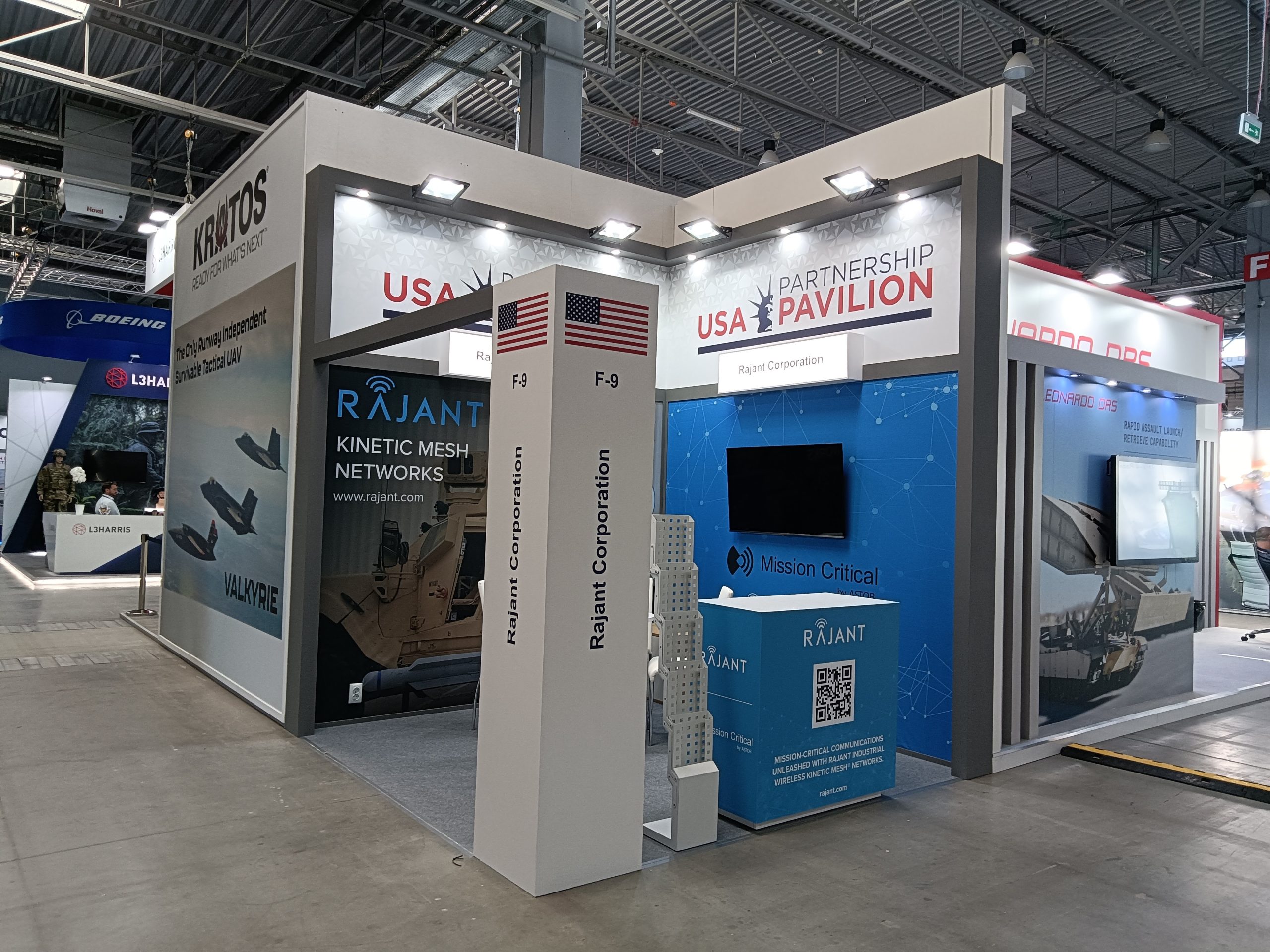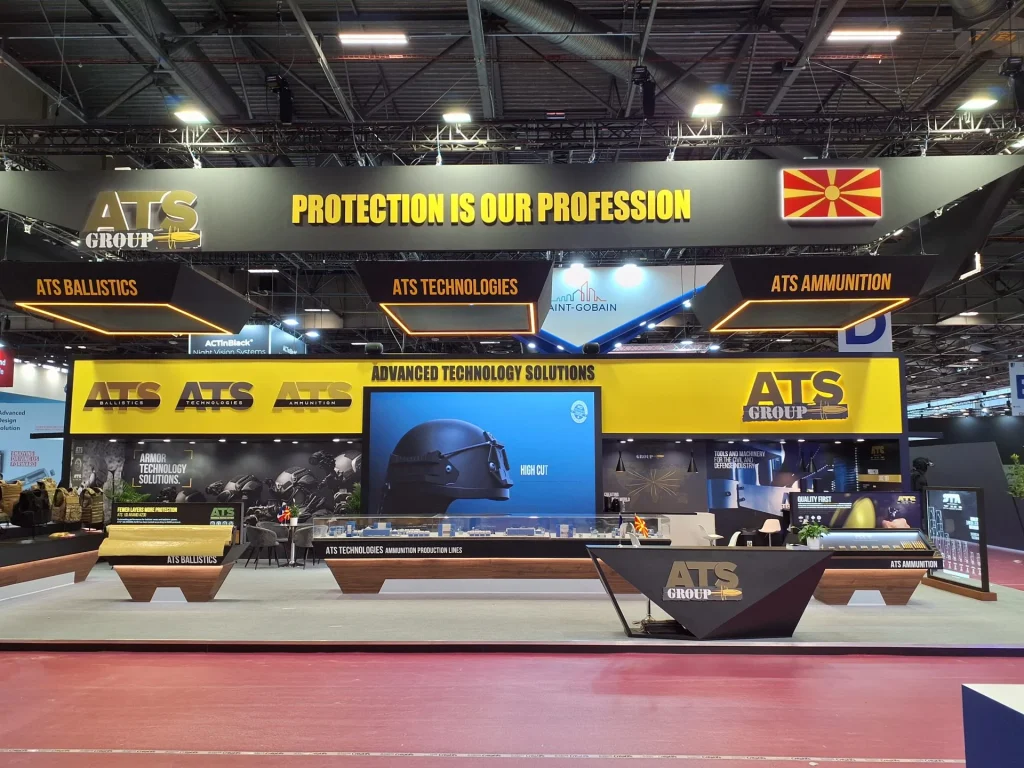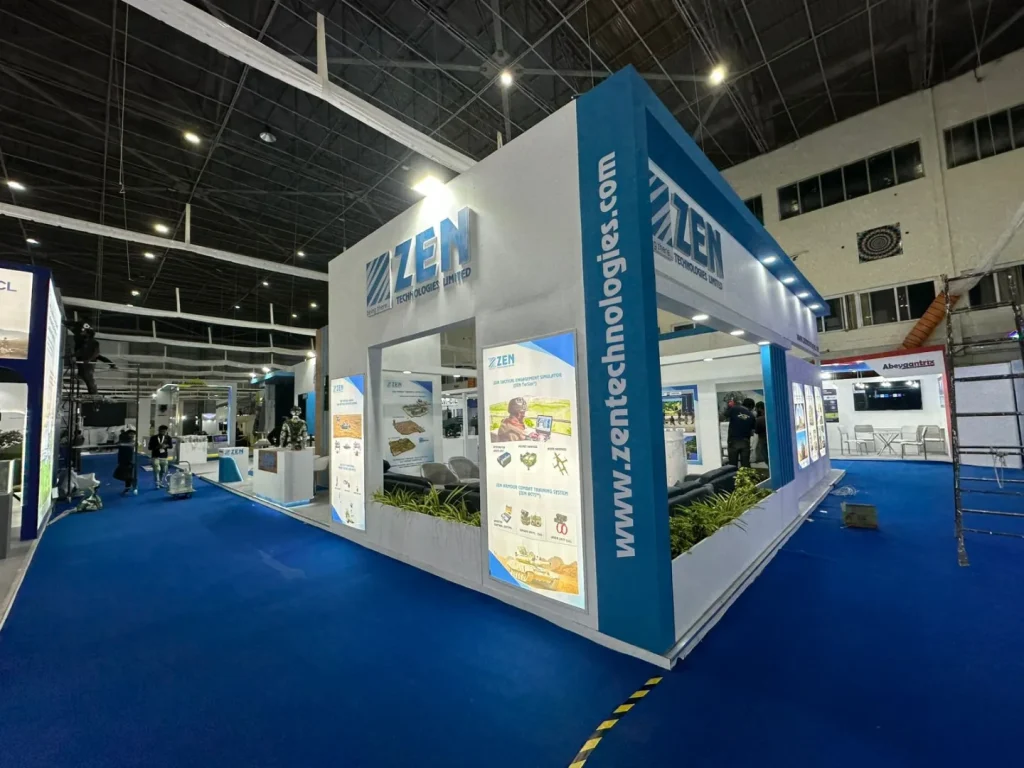
Introduction:
The International Federation of Exhibition and Event Services (IFES) plays a pivotal role in shaping the future of exhibit design globally. As a hub for innovation, networking, and sharing best practices, IFES provides invaluable insights into emerging trends and influences in the exhibition industry.
In this blog, we delve into the latest global design insights from IFES, exploring the key factors that are shaping the future of exhibit design and how these trends can help your brand stand out in a competitive landscape.
Sustainability as a Core Principle:
Sustainability has transitioned from a buzzword to a fundamental aspect of exhibit design. The growing emphasis on environmental responsibility is driving exhibitors to adopt sustainable practices and materials.
- Eco-Friendly Materials: Exhibitors are increasingly opting for recyclable, biodegradable, and reusable materials. This shift not only reduces environmental impact but also resonates with eco-conscious attendees.
- Energy Efficiency: The use of energy-efficient lighting, such as LED lights, and renewable energy sources, like solar panels, is becoming more common. This approach not only lowers the carbon footprint but also demonstrates a commitment to sustainability.
- Waste Reduction: Strategies to minimize waste include modular booth designs that can be reconfigured and reused for multiple events, as well as digital displays that reduce the need for printed materials.
Technology Integration:
Technology continues to revolutionize exhibit design, enhancing engagement and creating immersive experiences for attendees.
- Interactive Displays: Touchscreens, interactive kiosks, and virtual reality (VR) experiences allow attendees to interact with products and services in a dynamic way. These technologies provide a hands-on experience that can deepen understanding and interest.
- Augmented Reality (AR): AR is being used to overlay digital information onto physical displays, creating an interactive and engaging experience that can highlight product features and benefits in innovative ways.
- Data Analytics: Advanced analytics tools are helping exhibitors gather real-time data on attendee interactions, preferences, and behaviors. This data can be used to personalize experiences and refine exhibit strategies.
Personalization and Customization:
Personalization is becoming a key factor in exhibit design, with a focus on creating tailored experiences for each attendee.
- Custom Content: Exhibitors are using data-driven insights to deliver personalized content and recommendations to attendees. This can include customized product demonstrations, tailored presentations, and personalized marketing materials.
- Modular Designs: Modular booth designs allow for easy customization and reconfiguration to meet the specific needs of different events and audiences. This flexibility helps exhibitors create unique and relevant experiences for each trade show.
- Interactive Elements: Personalized interactive elements, such as quizzes, surveys, and personalized video content, engage attendees on a deeper level and create memorable experiences.
Immersive and Multi-Sensory Experiences:
Creating an immersive, multi-sensory experience is a powerful way to engage attendees and leave a lasting impression.
- Sensory Engagement: Incorporating elements that engage multiple senses—sight, sound, touch, and even smell—can enhance the overall experience. For example, ambient sounds, scents, and tactile displays can create a more engaging and memorable environment.
- Thematic Designs: Thematic booth designs that tell a compelling story or create a specific atmosphere can transport attendees into a different world. This approach can make the experience more immersive and memorable.
- Live Demonstrations and Performances: Live product demonstrations, performances, and interactive workshops can captivate attendees and create a dynamic and engaging booth environment.
Health and Safety Considerations:
The COVID-19 pandemic has heightened awareness of health and safety, influencing exhibit design in significant ways.
- Contactless Interactions: The use of contactless technologies, such as QR codes, touchless screens, and virtual assistants, reduces physical contact and enhances safety.
- Sanitization Stations: Incorporating hand sanitization stations and regular cleaning protocols into booth designs is becoming a standard practice to ensure attendee safety.
- Spaced Layouts: Booth layouts are being designed to facilitate social distancing, with wider aisles, clearly marked pathways, and spaced seating areas.
Global Collaboration and Cultural Sensitivity:
As the exhibition industry becomes increasingly global, collaboration and cultural sensitivity are paramount.
- Cross-Cultural Design: Understanding and respecting cultural differences is essential in creating exhibits that resonate with diverse audiences. This includes considering cultural preferences in design aesthetics, colors, symbols, and communication styles.
- Global Partnerships: Collaborating with international partners can bring fresh perspectives and innovative ideas to exhibit design. This global collaboration can enhance creativity and drive innovation.
- Localized Content: Tailoring content and messaging to local audiences can increase relevance and engagement. This includes translating materials into local languages and adapting marketing messages to reflect local cultural nuances.
Conclusion:
The future of exhibit design is being shaped by a combination of sustainability, technology integration, personalization, immersive experiences, health and safety considerations, and global collaboration. By staying informed about these trends and incorporating them into your exhibit strategies, you can create engaging, memorable, and impactful experiences that resonate with attendees and drive business success. As the exhibition landscape continues to evolve, embracing these insights from IFES will help you stay ahead of the curve and make a lasting impression at trade shows and events worldwide.


 Global
Global USA
USA

